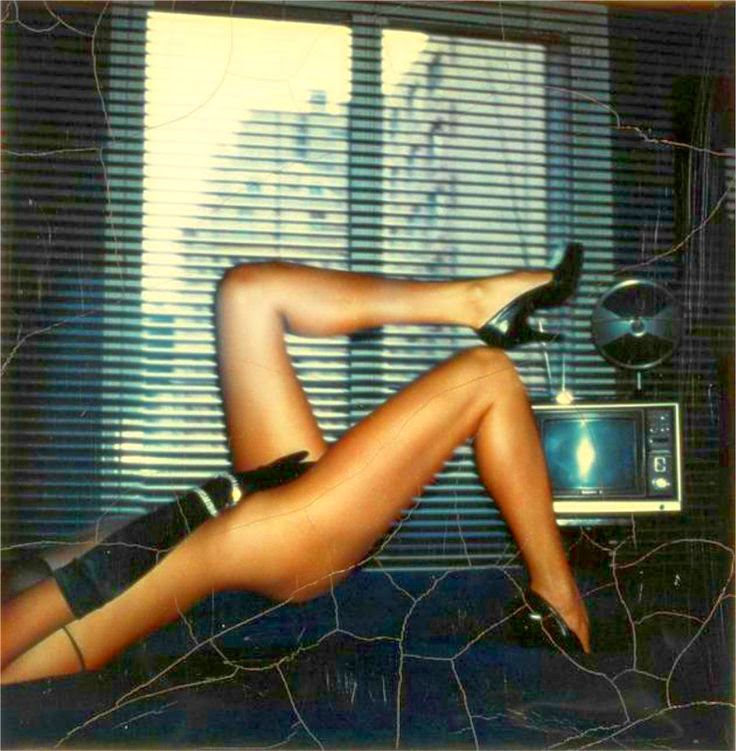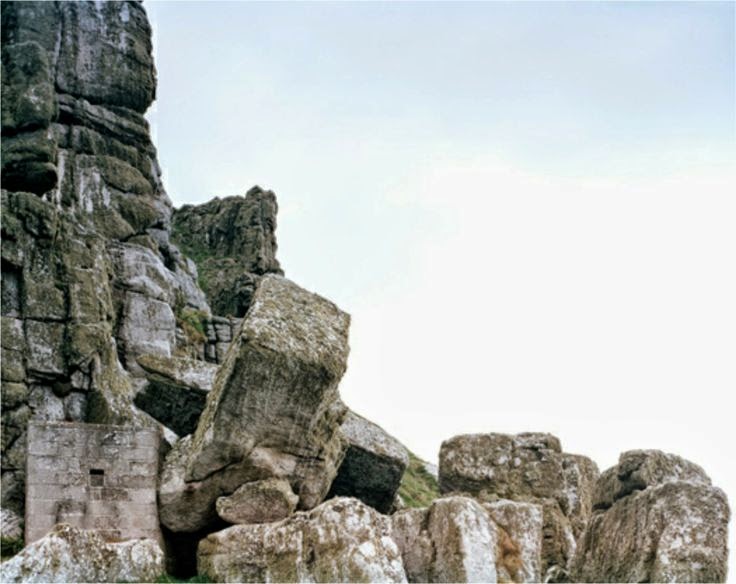Nicholas Alan Cope Photographs

LA is a city of contrasts—the famous and unknown, blinding light and impenetrable shadow, wealth and poverty, massive success and bitter failure. The promise of fame, fortune, sun, and beauty have lured millions to its beaches, hills, and valleys crammed with low slung buildings and palm-tree-lined boulevards. But beneath this thin veneer of perfection, Los Angeles is a city where the dueling public narratives of glamour and cynicism have inspired the sun-kissed perfection of Aaron Spelling along with the sun-bleached paranoia of David Lynch, the placid malaise of Sofia Coppola and the pulpy violence of Quentin Tarantino, the easy ascension of Pretty Woman and the wrenching sorrow and pain of a fall from grace as depicted in the classic Sunset Boulevard. Nicholas Alan Cope's photographs evoke a unique vision of Los Angeles and its contrasts as seen exclusively through its everyday architecture. Searching for the sublime core of the city's true nature, Cope strips away the

